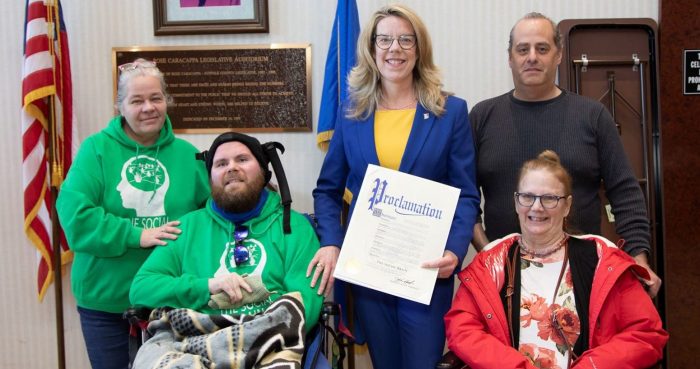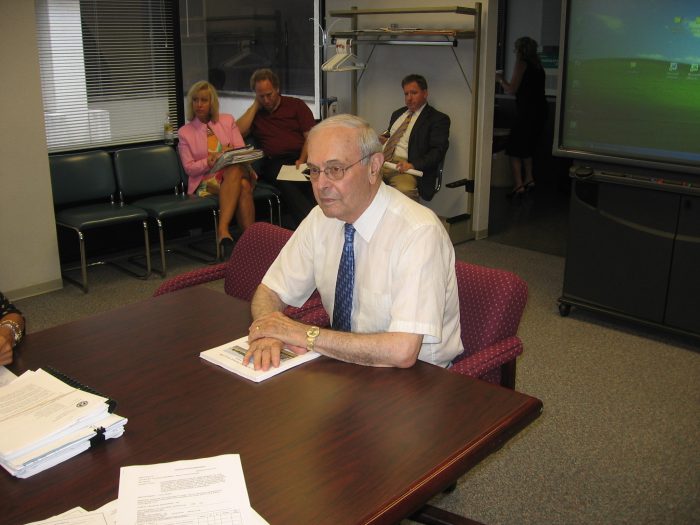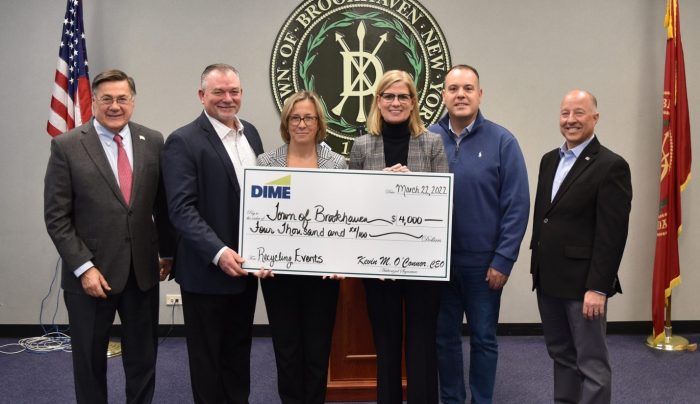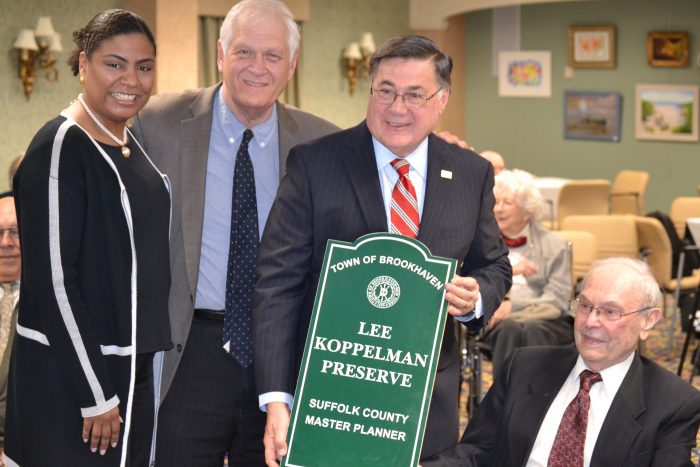As travel-related restrictions from COVID-19 continue to ease, people are considering heading out on the road, to the airport, the pier, or the train station, eager to feed their curiosity and hunger about different regions and cultures.

Photo by Jeanne Neville/Stony Brook Medicine
While these travelers may be excited about the flavor of the unknown, their stomachs may not be as thrilled with these journeys, demanding attention at inopportune times or threatening to revolt with the biological equivalent of a magma eruption.
Local gastroenterologists — stomach doctors — urged travelers to take precautions as they prepare for journeys to exotic locations, on cruises or even across the country.
“Depending on where people are traveling, they may need shots,” said Dr. David Purow, a gastroenterologist at Huntington Hospital. Some areas might have a higher incidence of cholera or traveler’s diarrhea, which is typically an E. coli infection, he added. People often refer to it as Montezuma’s revenge.
Purow suggested consulting the Centers for Disease Control and Prevention’s website initially, although the government organization which has coordinated much of the response to the COVID-19 pandemic is considered a conservative organization.
Purow urged travelers to search for whether pathogens are endemic to an area, which could include reading message boards. Those boards, however, can be as reliable as so much of the rest of the material on the web, he said, which means residents should use their own judgment about the reliability of what they read.
Upset stomachs can come from a host of sources, including food that’s been out for an extended period or from various forms of contaminated water.
“Always be wary of foods that are room temperature,” said Dr. Daniel Jamorabo, a gastroenterologist and assistant professor of Medicine in the Division of Gastroenterology and Hepatology at Stony Brook University’s Renaissance School of Medicine. “That’s often how people get food poisoning. Listeria is common in dairy, such as goat cheese.”
Water
Often the source of upset stomachs that can put a porcelain damper on traveling, water can cause problems for travelers.
Prior to becoming a gastroenterologist, Jamorabo himself visited Kenya, where he unwittingly picked up the parasite Giardia, which is also a threat to people drinking creek or river water on camping trips.
Jamorabo was sick for three weeks, which encouraged him on future trips to stick to bottled water during his travels for peace of mind.
When bottled water isn’t accessible, he suggested drinking boiled water or using purifier tablets. Some tablets can take up to two hours to purify a gallon of water, although others, which afford less protection, take 35 to
40 minutes.
Jamorabo said salads or fruits, which are peeled or prepared with sources of water that are hard to track, can be
a problem.
He suggested asking residents whether they have filtration systems in their homes or if they use bottled water.
Purow added that “if there is concern, use bottled water as much as you can.”
What to bring
Doctors suggested that people tend to bring stomach remedies with them when they travel, sometimes even taking them prophylactically.
Purow said some people bring probiotics, which are “unlikely to hurt you and may decrease the chance of getting anything or shortening the duration once it’s acquired.”
Pepto Bismol and Imodium could also help prevent or treat an upset stomach, particularly for people who are anxious travelers and who get so-called “traveler’s diarrhea,” doctors said.
Purow warned that people could get black stools from some of these medications, which could also be a warning sign of a gastrointestinal bleed or ulcer.
Taking these medications for symptomatic relief, however, is “fine” and will “not suppress” the need to remove something from the body, Purow added.
One of the dangers of diarrhea is that it can cause dehydration, as the body loses necessary fluids.
Jamorabo suggested traveling with or searching for Pedialyte as a way to restore hydration.
As for the dangers of going on cruise ships, doctors recommended being careful about touching tongs or servers at buffets that many other travelers, who might have brought their own pathogens with them, might also have handled.
“On these cruises, it’s like traveling in a small city,” Jamorabo said. Stomach bugs can “spread like wildfire.”
“Always be wary of foods that are room temperature. That’s often how people get food poisoning. Listeria is common in dairy, such as goat cheese.”
— Dr. Daniel Jamorabo
Mental health
Even for those who stay at home, people may be struggling with their stomach’s response to the mental health strain created by COVID-19, the Russian attack on Ukraine, and concerns about issues like violent storm and global warming.
Stomach doctors have increasingly referred patients to psychologists and psychiatrists.
“Stress can exacerbate” irritable bowel syndrome, said Purow. Concerns about the state of the world have “unmasked GI symptoms for those who didn’t have it before.”
Purow has seen a significant increase in alcoholic liver disease, as people stuck at home raided their own liquor cabinet amid health threats, lockdowns and economic uncertainty.
Jamorabo said more stressful times can lead to an increase in stomach-related discomfort or symptoms.
“We have to pay attention to what triggers people” to have panic attacks, nausea or diarrhea, Jamorabo added.
An under-treated mood disorder could compound GI-related symptoms.
Focusing on the things people can control can help soothe the stomach, such as sleeping well, exercising and eating a healthy diet.
“Look within yourself for your own mental health,” Purow suggested. Outlets such as bottles of vodka don’t tend to help, while speaking to friends and family and eating right can aid overall health, giving digestive systems relief and resilience.





















